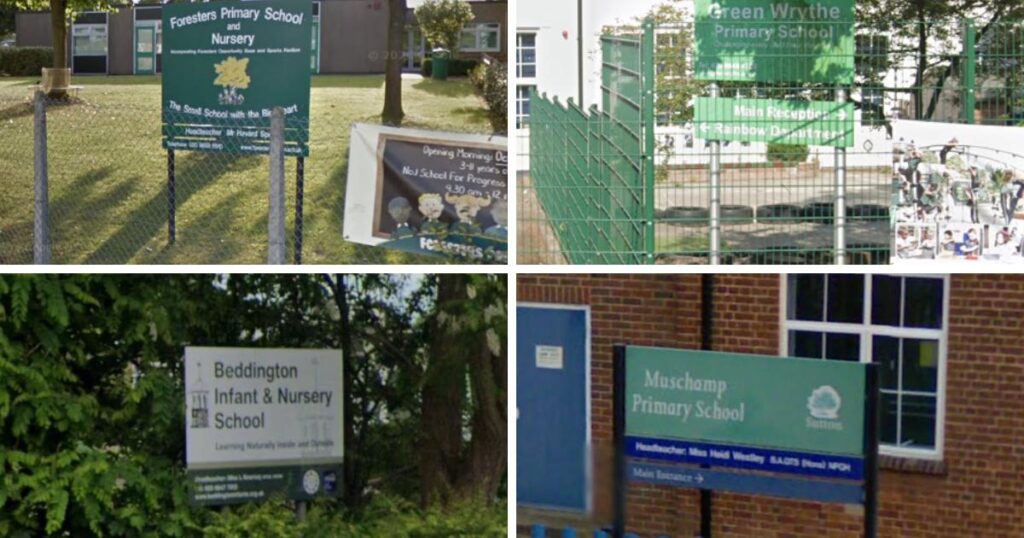The latest data from the Department for Education revealed that around 18 per cent of all state schools in England were at or more than capacity in 2023/24.
Nearly a quarter of the country’s secondary schools were at or over capacity, while 16 per cent of primary schools were at or in excess of capacity.
In Sutton, 19 of the 41 primary schools are at capacity or over.
Six of the 15 secondary schools in Sutton are overcapacity.
Foresters Primary School is the most overcrowded of the primary schools listed.
It has space for 175 pupils, but currently 234.
This puts the school at 34 per cent over capacity.
Green Wrythe Primary School is also facing overcrowding.
It has 210 students enrolled, despite having space for only 255.
That’s around 21 per cent over capacity.
Beddington Infants’ School is operating at 12 per cent over capacity.
There are 244 pupils currently on roll, even though the school is designed to accommodate 217.
Muschamp Primary School and Language Opportunity Base and Stanley Park Junior School are in a similar position.
Both schools have space for 574 and 336 students, but there are 629 and 367 students on roll respectively.
This makes both schools nine per cent above capacity.
St Elphege’s Roman Catholic Junior School is also over capacity, with 383 students enrolled there when there is only space for 360 students.
Abbey Primary School, High View Primary School, Avenue Primary Academy, Cheam Common Junior Academy, Cheam Park Farm Primary Academy, Barrow Hedges Primary School, Robin Hood Junior School, Manor Park Academy, and St Cecilia’s Catholic Primary School are all facing the same situation of having more students enrolled than the number of the spaces available.
Each of these schools have between 10 to 50 additional students enrolled.
Nonsuch Primary School, St Mary’s RC Junior School, and All Saints Benhilton CofE Primary School are overcrowded by just three pupils, and Westbourne Primary School is overcrowded by just two.
A school might reach overcapacity if more families move into the area or if student applications exceed expectations.
While this could seem like a problem, being over capacity isn’t always a negative sign.
It can actually reflect the school’s popularity and reputation, suggesting that its quality of education is being recognised.
To manage the increased numbers, schools often adapt by adjusting timetables, hiring additional staff, or expanding facilities, ensuring students continue to receive a high standard of education.




